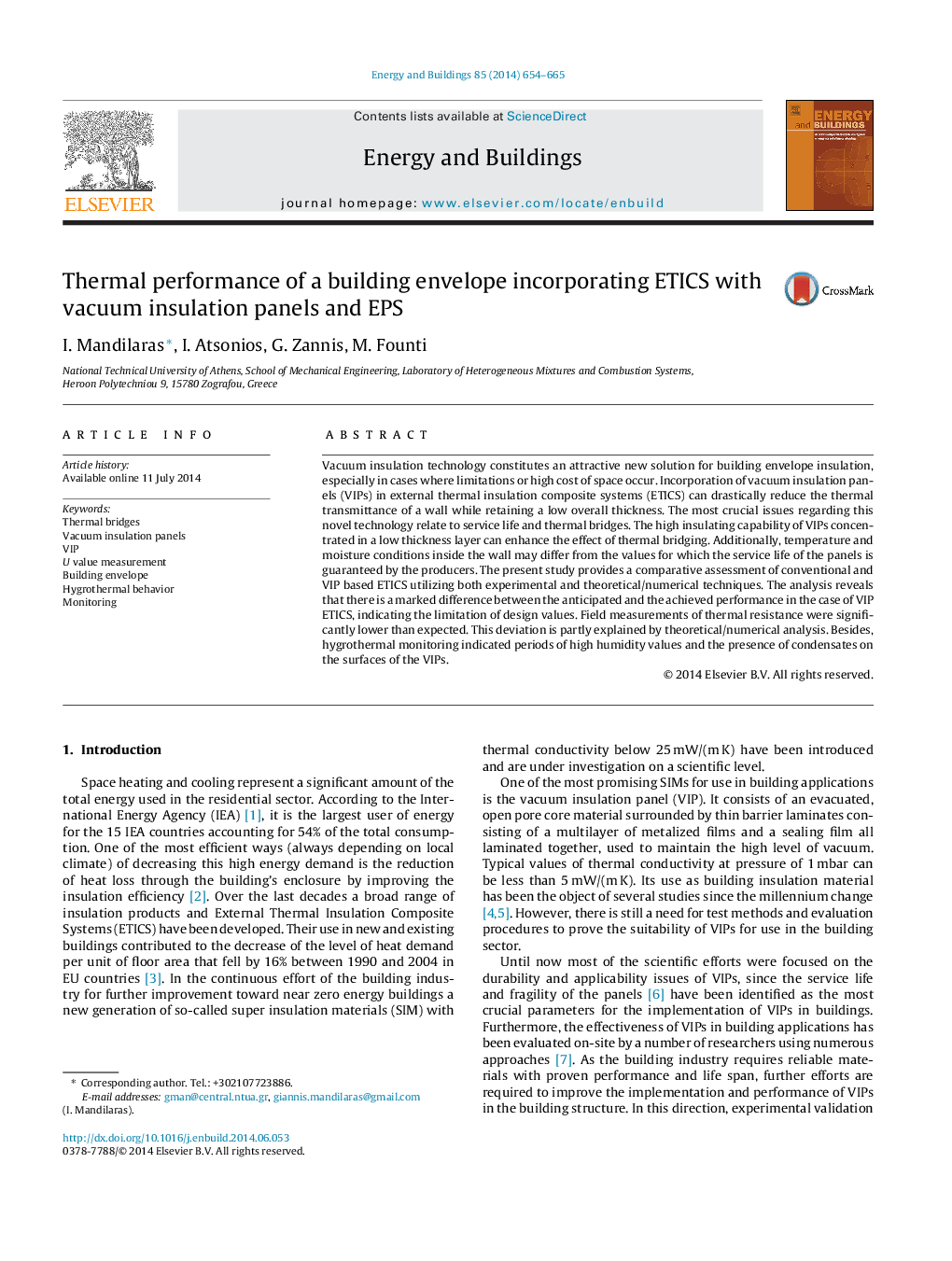| Article ID | Journal | Published Year | Pages | File Type |
|---|---|---|---|---|
| 6732972 | Energy and Buildings | 2014 | 12 Pages |
Abstract
Vacuum insulation technology constitutes an attractive new solution for building envelope insulation, especially in cases where limitations or high cost of space occur. Incorporation of vacuum insulation panels (VIPs) in external thermal insulation composite systems (ETICS) can drastically reduce the thermal transmittance of a wall while retaining a low overall thickness. The most crucial issues regarding this novel technology relate to service life and thermal bridges. The high insulating capability of VIPs concentrated in a low thickness layer can enhance the effect of thermal bridging. Additionally, temperature and moisture conditions inside the wall may differ from the values for which the service life of the panels is guaranteed by the producers. The present study provides a comparative assessment of conventional and VIP based ETICS utilizing both experimental and theoretical/numerical techniques. The analysis reveals that there is a marked difference between the anticipated and the achieved performance in the case of VIP ETICS, indicating the limitation of design values. Field measurements of thermal resistance were significantly lower than expected. This deviation is partly explained by theoretical/numerical analysis. Besides, hygrothermal monitoring indicated periods of high humidity values and the presence of condensates on the surfaces of the VIPs.
Related Topics
Physical Sciences and Engineering
Energy
Renewable Energy, Sustainability and the Environment
Authors
I. Mandilaras, I. Atsonios, G. Zannis, M. Founti,
